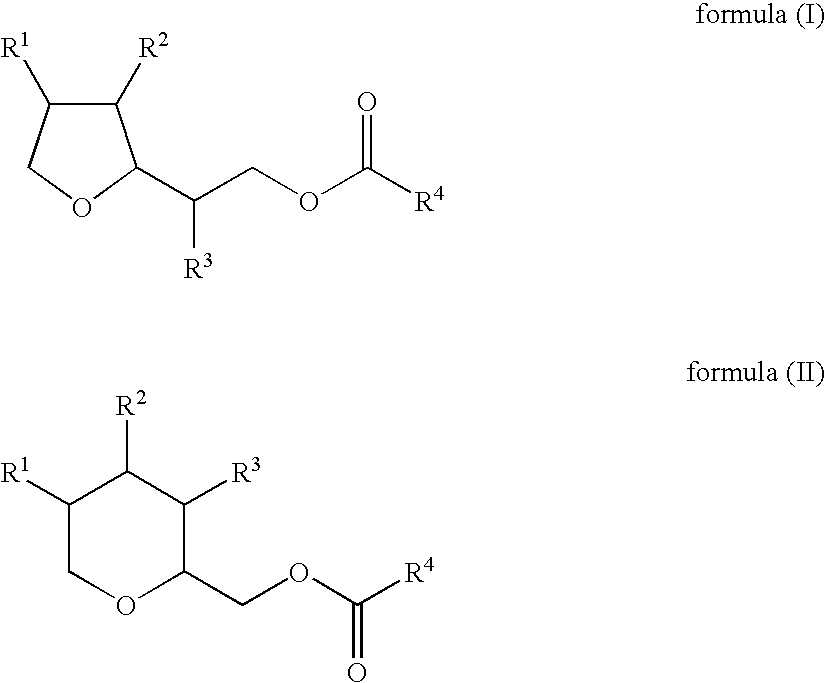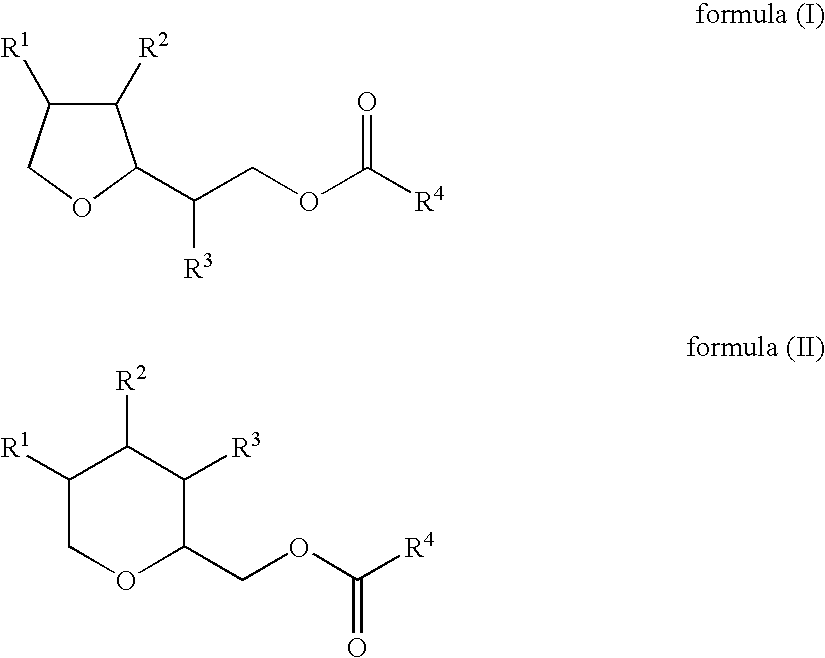Electro-chargeable fiber, nonwoven fabric and nonwoven product thereof
a technology of nonwoven fabric and chargeable fiber, which is applied in the direction of filtration separation, separation processes, weaving, etc., can solve the problems of reducing dust collection efficiency, increasing process facilities, and restricting the process, so as to facilitate electret treatment and easy electret treatment
- Summary
- Abstract
- Description
- Claims
- Application Information
AI Technical Summary
Benefits of technology
Problems solved by technology
Method used
Image
Examples
examples
[0065] The present invention will be described by way of Examples and Comparative examples, but it should not be construed to be limited thereto. In addition, methods and definitions by which various values of physical properties in Examples and Comparative examples were measured are collectively shown as follows:
[0066] Number of crimps: measured according to JIS L 1015.
[0067] Fineness of single fiber: measured according to JIS L 1015.
[0068] Basis weight: nonwoven fabric cut to 50 cm square was weighed, and shown as a weight per unit area (g / m2).
[0069] Fiber finish content (%): fiber finish (finishing oil) applied to a dried fiber sample 2 g was extracted with methanol (25 mL) and after evaporating methanol, the weight of the residue is measured to calculate the oil content by weight (%).
[0070] Collecting efficiency (%): Using a particle measuring apparatus (manufactured by Rion Corp. particle counter, KC-01 (0.3 to 5 micrometers)), air dust (0.3 to 5 micrometers) was passed th...
examples 1 to 4 and 7
, AND COMPARATIVE EXAMPLES 1 to 3
[0076] Webs having a basis weight of 100 g / m2 were produced by use of various fibers shown in Table 2, and the webs were passed through an air-through heat-treatment machine at 138° C. to obtain nonwoven fabrics. After being held under an atmosphere at 90° C. for 1 minute, the nonwoven fabric was electrically charged at 10 KV for 2 seconds to give an electret nonwoven fabric.
TABLE 1WeightratioFiber finishComponent(Wt. %)IonicityNo. 1Polyoxyethylene sorbitan100Nonionicmonostearate (EO = 20)No. 2Polyoxyethylene lauryl100Nonionicether (EO = 5)No. 3Polyoxyethylene / 100Nonionicpolyoxypropylene laurylether (EO = 2, PO = 6)No. 4Polyoxyethylene sorbitan30NonionicmonooleateSorbitan monolaurate70No. 5Polyoxyethylene saturated65Cationic,alkyl etherNonionicDouble salt of cationic30type surfactant andanionic type surfactantSilicone emulusifier5No. 6Sorbitan monolaurate20Cationic,NonionicSorbitan monostearate60POE sorbitan monolaurate10Dioctyl sulfosuccinate10
[00...
example 4
[0078] Using the electro-chargeable fiber made with a blend of modified PE in thermoplastic resin (HDPE) as sheath part shown by Example 4 in Table 2, a nonwoven fabric was produced under the same conditions of an air-laid method as in Example 1. The nonwoven fabric was electrically charged at 10 KV for 2 seconds after being held under an atmosphere at 90° C. for 1 minute to give an electret nonwoven fabric.
PUM
| Property | Measurement | Unit |
|---|---|---|
| Length | aaaaa | aaaaa |
| Fraction | aaaaa | aaaaa |
| Percent by mass | aaaaa | aaaaa |
Abstract
Description
Claims
Application Information
 Login to View More
Login to View More - R&D
- Intellectual Property
- Life Sciences
- Materials
- Tech Scout
- Unparalleled Data Quality
- Higher Quality Content
- 60% Fewer Hallucinations
Browse by: Latest US Patents, China's latest patents, Technical Efficacy Thesaurus, Application Domain, Technology Topic, Popular Technical Reports.
© 2025 PatSnap. All rights reserved.Legal|Privacy policy|Modern Slavery Act Transparency Statement|Sitemap|About US| Contact US: help@patsnap.com



